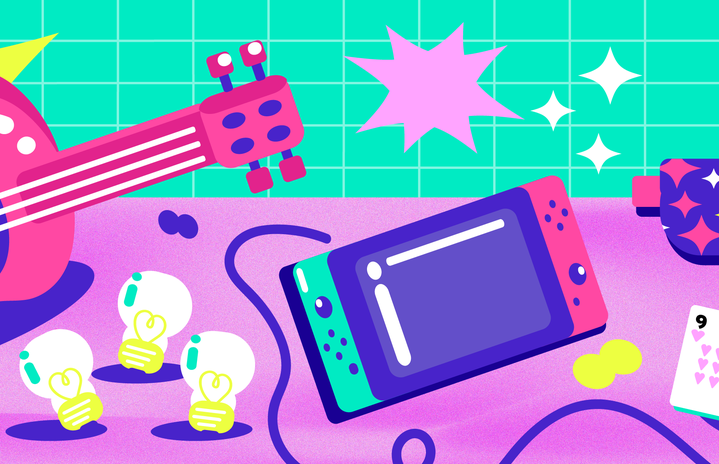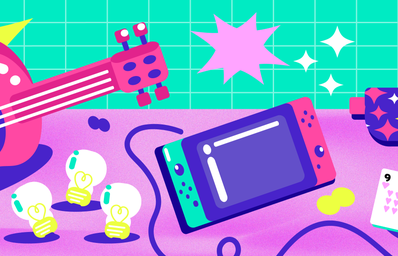Developer: aniwey
Platform: Browser
Reviewed On: Browser
Publisher: aniwey
Designer: aniwey
In a world laden with high-resolution, graphics-heavy video games, simpler projects can be viewed as vintage, left in the past despite all their modernizations. Large-scale role-playing video games like Horizon Forbidden West and Elden Ring are the moment. Can slower indies keep up the pace? Candy Box 2 is a game that doesn’t spoon-feed its players’ information, allowing them to strategize and explore its complexities without feeling forced to progress. However, the game’s refusal to pick up the pace may leave some players hitting the escape key.
Candy Box 2 utilizes ASCII art, an art style comprised of alphanumeric keyboard characters, to visually express its deceptively simple premise. Modernizing the 1960s style gives the game some unique retro flair that flaunts a basic, plain design. However, rather like ASCII art itself, there’s a lot more going on with Candy Box 2 than you would initially think. Hidden within the rather basic layout of the game’s map lie secret locations and important inventory items. Exploration is key, as not every digit is as it seems, belying an underbelly so complex you may not realize it until the game is nearly over.
The game subtly weaves social criticism beneath its cheery veneer, standing as an allegory for the meaninglessness of consumerism and the American Dream. While candy functions as the game’s currency, the real transaction is made between the player and the game’s main mechanic, time. There are limited ways of speeding up the slow accumulation of the player’s general candies — lollipops can receive an upgrade via farming — so time is money. You spend the entirety of the game waiting for your resources to build up only to spend them in short bursts. Instead of enjoying its minigames and hidden levels, I found myself silently berating the game for making progress so slow. But that’s the whole point. We spend all of our time rushing through life looking for the next exciting moment, the next defining milestone. In doing so, we miss the beauty of what’s right in front of our noses. The game is calling out our impatience and ambition, forcing us to slow down and look around. For example, you can’t progress without finding a pogo stick hidden within the game’s landscape, a feat that took me an inordinate amount of time. The game makes you stop. It makes you think. At the game’s conclusion, you find yourself with an endless source of candy and nothing to do with them. It leaves you pondering, was it all worth it? Was the time you spent waiting for the game to give you your next shot of endorphin spent wisely?
For those who aren’t interested in exploring the game’s nuances, it may move too slowly to be seen as a worthwhile commitment. According to an infographic used by Cross River Therapy, the average human attention span in 2015 was 8.25 seconds, with 16-year-olds averaging at about 32 to 48 minutes. With the introduction of streaming and binge culture, people have been conditioned to zoom through content at an alarming rate, and longer projects have suffered for it. While the fastest playthrough for Candy Box 2 clocks in at 13 minutes and 49 seconds, the game can take 12 hours or more to complete. Its refusal to provide players with any major hints creates a frustration within players that may lead them to quit before they fully understand the game’s underlying message. What good is the perfect theme if none of your players stick around to uncover it?
Candy Box 2 is the perfect game for players who are looking for either a relaxed puzzler or a meta project littered with metaphors. If you’re interested in pouring over details and digging into the depths of visual storytelling, then this game is up your alley. For a few, the game’s ambitious themes won’t hit their mark or its many layers will require too much time and effort to uncover. And some of you may decide that, if time is money, then your time is too precious to be spent learning of its importance. If you’re already aware of the lesson, then you don’t need to learn it. Perhaps, you’ve already won.


